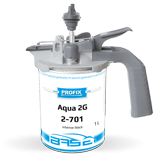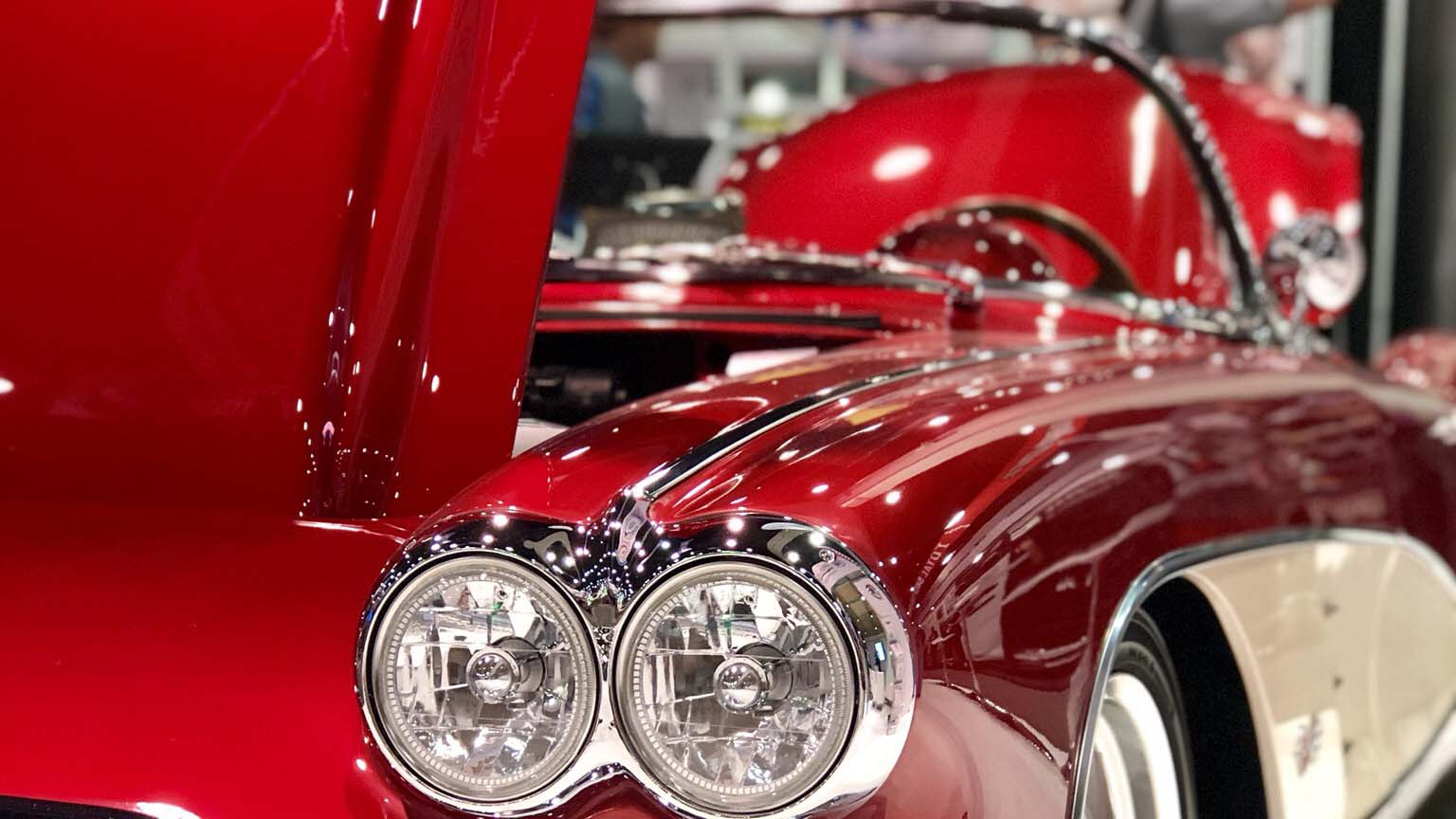Recently added
Most read
Why use the water-soluble lacquers, when the conventional ones are available?
New damage to the surface of the car
New damage to the surface of the car
Whole thing can go down after seeing a fresh scratch on the car. Sometimes I have the impression that my car has encountered a local Egyptian plague, especially hail, mosquitoes and flies. Unfortunately, each plague causes new damage to the surface of the car, and what's worse, every new crack hurts, especially the pocket. What is most likely to harm the car surface and how should we protect our cars against it?
Insects:
the hallmark of any real spring-summer road journey is the sight of splashes on the windscreen and bumper. Some acids in insects can seriously damage the paint of your car if they remain too long. Acids in the blood of insects can permanently damage your car and require special attention in terms of disposal. Remember that we should not start washing the car on a hot day, then insect remains will stay with us for much longer. We can use special preparations or shampoos for washing - but be careful not to remove the wax!
Tree resin:
If the surface is not perfectly smooth and tar and metallic contaminants cannot cope with this contamination, it is highly likely that the resin comes from the tree. Resin can "bake" car paint coat, which will cause a noticeable stain that requires serious effort to remove it. The resin can also react with the car surface and leave a rough stain on the paint. Removal requires the use of clay or organic solvent.
Eggs:
Eggs can damage the vehicle paint in two significant ways. Firstly, egg whites and yolks are acidic and “bite” into the paint, destroying the top layer of clearcoat. They also leave an unpleasant stain if the place is heated. When starting to remove "omelette" from the car surface, remember to effectively remove wax - polish with a slightly abrasive paste (without wax!), remembering to collect the dried out pasty spoil. Finally, rinse off and only then we can apply a wax.
Ice:
Snow is fluffy and fun, but when it turns into hard ice, it can be problematic for shiny paint. Cold alone should not be a problem, but sand on the paint under the ice can cause havoc, if a piece of ice moves on a flat surface. Keep your car clean all winter long as long as it is possible. Avoid scraping hard ice from the car if possible. Removing hard ice from thin glass or metal with a blunt plastic scraper poses an existential threat to your car. Be careful, warm up your ` ice.









